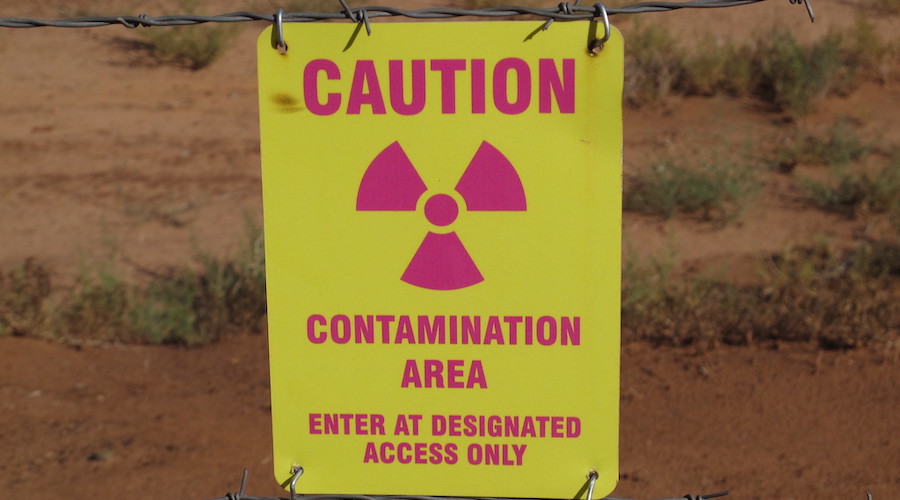Microbes help deal with uranium in groundwater, spent nuclear fuel repositories

Researchers at Sweden’s Linnaeus University described a previously unknown chemical process for the removal of uranium from groundwater.
In a paper published in the journal Communications Earth & Environment, the scientists explain that deep down in the bedrock, in an oxygen-free environment, microbes assist in the process of turning uranium “into rock.” This finding might be an important tool for inhibiting the spread of toxic uranium in groundwater.
In a 17-year-long experiment, the team of researchers explored deep boreholes drilled into the bedrock and identified minerals that had entrapped large amounts of uranium.
It turned out that microbes living in the oxygen-free environment were key to the process.
The microbes produce substances that help to transform the uranium so that it is more easily incorporated into minerals. This sink stabilizes the radioactive metal and restrains further transport with groundwater.
“The removal efficiency of U from groundwater reaching 75% in borehole sections in fractured granite, and selective U accumulation in secondary minerals in exceedingly U-deficient groundwater shows the potential of these widespread mineralogical sinks for U in deep anoxic environments,” the paper reads.
For Ivan Pidchenko, lead author of the study, these findings suggest that naturally occurring bacteria affect uranium removal, may contribute to form sinks for toxic elements in the subsurface environment and have the potential to prevent the spread of hazardous elements in the environment.
In Pidchenko’s view, the results are important for the remediation of contaminated groundwater, but also for spent nuclear fuel repositories.
“Uranium is the main component in spent nuclear fuel that will be deposited in long-term geological storage in deep bedrock systems,” he said. Our finding is an additional brick to the foundation of long-term safety assessment of geological nuclear repositories planned for construction in Sweden and elsewhere.”
More News
Lithium Americas reaches final investment decision for Thacker Pass mine
Once open, Thacker Pass is expected to produce 40,000 metric tons of battery-quality lithium carbonate per year.
April 01, 2025 | 03:05 pm
Gold retreats from record as traders brace for Trump’s tariffs
Traders are on edge as Trump plans to announce sweeping levies on all of America’s trading partners on Wednesday, raising the risks of retaliatory measures.
April 01, 2025 | 12:58 pm
{{ commodity.name }}
{{ post.title }}
{{ post.excerpt }}
{{ post.date }}



Comments